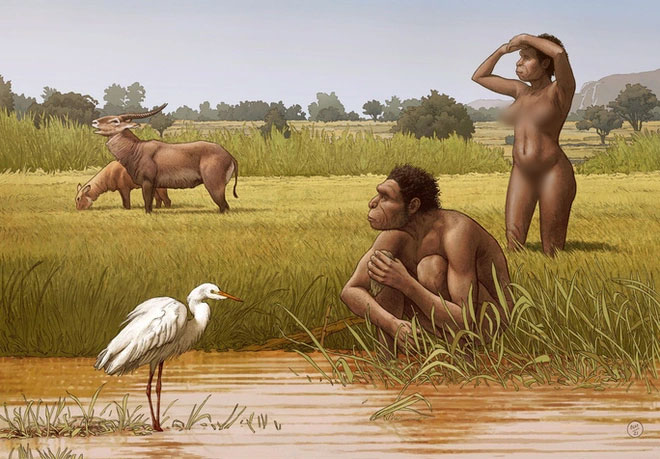A new human species named Homo bodoensis roamed the Earth around half a million years ago and has long been considered the “missing link” in the family tree of modern humans, Homo sapiens.
According to an international research team led by anthropologist Mirjana Roksandic from the University of Winnipeg (Canada), this new ancestral species lived in Africa during the Middle Pleistocene epoch (the preceding epoch of the Quaternary period that we currently belong to).

The newly identified human species is our direct ancestor – (Photo: University of Winnipeg).
According to SciTech Daily, the new species “Homo bodoensis” is based on a reassessment of existing fossils from Africa and the Eurasian continent during this period. The fossils were previously attributed to Homo heidelbergensis or Homo rhodesiensis, but there has been considerable debate, with studies presenting opposing views.
Recently, DNA evidence has shown that some fossils in Europe identified as Homo heidelbergensis are actually early Neanderthals. A similar event has been observed in fossils of some East Asian individuals.
Clearly, the fossils that are not misidentified show similarities and have been debated as either Homo heidelbergensis or Homo rhodesiensis. New analyses indicate that all these remaining fossils belong to one species, which is Homo bodoensis.
The new name derives from a skull found in Bodo D’ar in the Awash Valley of Ethiopia, which will be used to describe most of the Middle Pleistocene humans from Africa and Southeast Europe, distinguishing them from the Neanderthals who lived deep within the Eurasian continent.
According to New Scientist, Homo bodoensis is also identified as the direct ancestor that later evolved into the final human species born on Earth to date: Homo sapiens, or modern humans.
Our species and other human species that coexisted, such as Neanderthals and Denisovans, also have “close relatives,” which is why this direct ancestor has often been confused with Neanderthals due to many shared traits.


















































